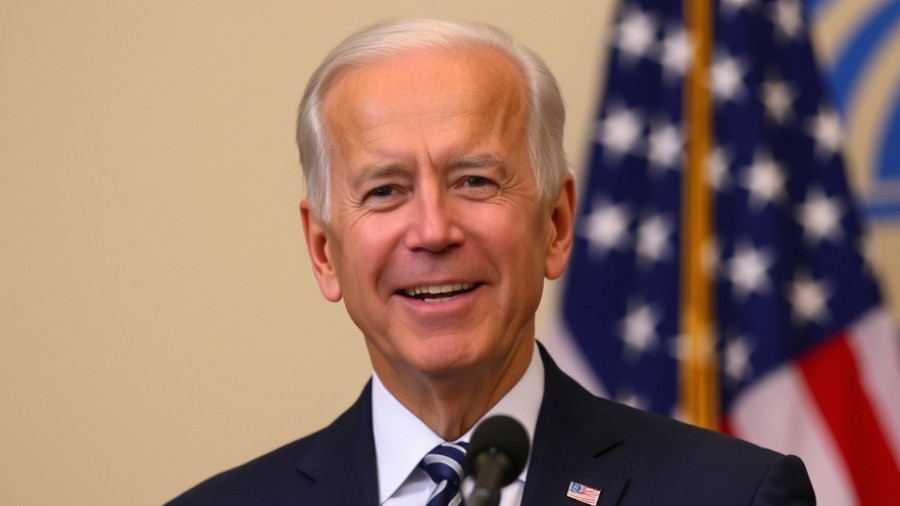
New Ballot Initiative Aims to Secure Kids' Online Safety
In a move that resonates strongly with parents and guardians, the former U.S. Surgeon General, Vivek Murthy, has joined forces with child safety advocate Jim Steyer to propose a significant ballot initiative in California. This recent endeavor aims to impose stricter regulations on AI chatbots targeting children, raising vital concerns regarding online safety in a digital age dominated by artificial intelligence.
Understanding the Need for Stronger Regulations
Recent statistics have shown alarming trends regarding children's interactions with technology. With an increasing number of kids engaging with AI-driven chatbots, reports of adverse effects have surged. Many parents worry about the potential for these tools to mislead or inadvertently harm their children by providing inappropriate content or failing to recognize signs of distress. The proposed initiative seeks to hold tech companies accountable for any damage these digital interactions may cause.
Potential Impacts of AI on Children's Mental Health
The impact of unregulated AI chatbots on children is an ongoing concern, especially as we've surfaced troubling evidence of how these bots can interact dangerously with users. For instance, the failure of chatbots to identify and react appropriately to suicidal ideation could place vulnerable children in precarious situations. Former Surgeon General Murthy emphasizes the urgency of establishing safety measures that can mitigate these risks effectively.
Current Legal Framework and Its Gaps
California Governor Gavin Newsom recently signed a bill requiring chatbots to monitor conversations for harmful content, but child safety advocates argue it doesn't go far enough. This current law, while a step forward, lacks sufficient restrictions that would prevent bots from being exploited or misused by children. The newly proposed measure could fill these gaps by enforcing stricter safeguards and establishing clearer accountability for tech companies.
Actionable Insights for Parents
As parents, understanding the complexities of AI technology can empower us to make informed decisions regarding our children's digital interactions. Here are a few strategies to keep in mind:
- Engage in Open Discussions: Talk to your kids about their online experiences and encourage them to express any discomfort they may feel when interacting with AI tools.
- Stay Informed: Keep up with legislation related to children's online safety, such as the upcoming California ballot initiative, and understand its implications.
- Utilize Parental Controls: Familiarize yourself with features on devices and apps that allow you to monitor and control your child's usage.
Community Involvement and Advocacy
Community support plays a crucial role in bringing about changes to legislation aimed at safeguarding children online. Engaging with local advocacy groups focused on digital safety can amplify your voice in pushing for necessary reforms, fostering an environment where children's welfare is prioritized.
Looking Ahead: Future Implications of AI Regulations
As AI technology continues to evolve, so too must the regulatory frameworks that protect our children. The momentum generated by initiatives like this one in California may inspire similar movements nationwide, ensuring that children's interactions with technology remain safe and beneficial. Educating ourselves and advocating for comprehensive protections is essential in shaping a future where technology serves as a positive tool rather than a potential risk.
Join the Conversation
As this ballot initiative progresses, stay engaged and informed. Your voice matters when it comes to advocating for your child's online safety. Consider exploring resources on children's mental health online, and think critically about the digital tools your family chooses to engage with.
 Add Row
Add Row  Add
Add 




Write A Comment